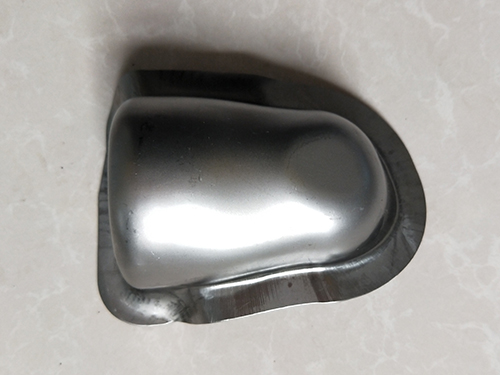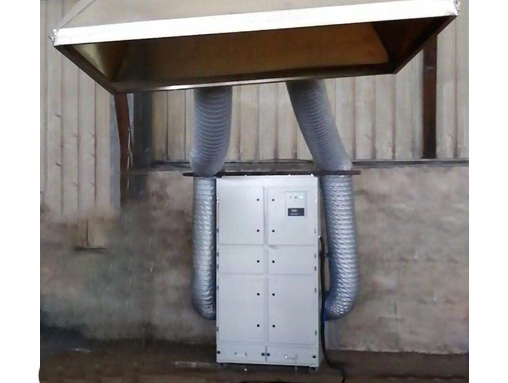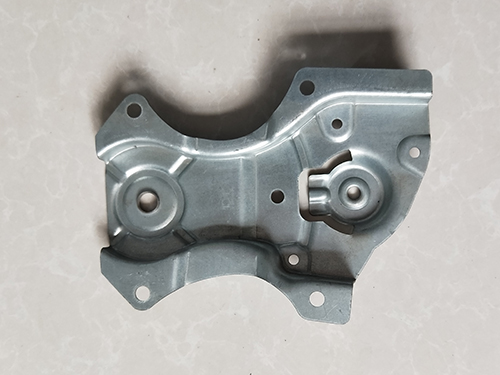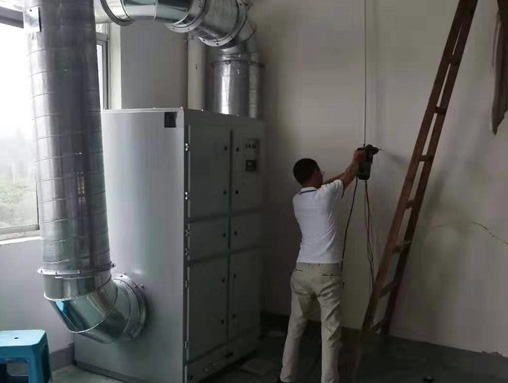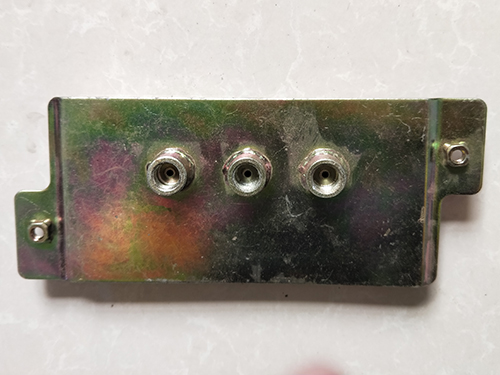The strategic significance of developing aluminum body manufacturing technology
The issue of lightweighting automobile bodies is a systematic engineering. There are two ways to achieve lightweighting of car bodies: one is to use lightweight new materials; The second is to design a reasonable body structure based on the characteristics of new materials, making the components thin-walled, hollow, compact, composite, and improving the structure and process of body components. These two approaches complement each other, and only by combining material replacement with structural improvement can the overall weight of the vehicle be reduced to the maximum extent possible while meeting the design and usage requirements for vehicle strength, stiffness, mode, fatigue, collision resistance, and anti vibration and anti impact performance.
Aluminum alloy is a lightweight material with multiple excellent properties, making it a material for automotive lightweighting. The basic form of aluminum car body is composed of various complex cross-section aluminum alloy extruded profiles to form a spatial frame. Die cast aluminum parts are used as the connection nodes of the spatial frame. The car body cover is manufactured by stamping aluminum alloy plates, and the reinforcing plates of some load-bearing cover parts are also made of extruded aluminum profiles. The connection between the cover parts and the frame is completed by stamping and riveting, forming a structural whole.
Aluminum body manufacturing technology is a key technology for energy-saving vehicles, and it is also included in the category of "Light Alloy Material Manufacturing Technology", one of the top ten key technologies proposed by major scientific and technological projects. Its implementation is of great significance for China to enter the automotive power, and it also meets the needs of energy conservation, environmental protection, and sustainable development of the automotive industry.
1. The development of the automotive industry poses significant challenges to China's energy and environment
In 2011, China's dependence on crude oil reached 55.2%. According to predictions, it is expected to reach 64% and 74% in 2020 and 2030, respectively. Meanwhile, in 2009, the consumption of gasoline for automobiles in China was 62.6 million tons, accounting for 87% of the total gasoline consumption. At present, the carbon emissions of automobiles have reached 25% of the total carbon emissions of various types. It is predicted that the number of cars in China will soar from over 62.8 million in 2009 to 200 million in 2020.
The body mass of a sedan accounts for about 40% to 50% of the entire vehicle, and about 60% to 70% of the fuel consumption is used for the body mass. For every 10% reduction in car quality, an additional 8% fuel savings can be achieved. According to reports, if the quality of cars is reduced by 25%, fuel consumption will be reduced by 13%. Based on the current car ownership of 250 million vehicles, 2.7 billion barrels of oil can be saved in one year.
2. Lightweight has become the mainstream technology in the development of automobiles in recent years
Compared to 10 years ago, the average weight of cars has decreased by 20-26, and this trend is still accelerating. The six types of materials that account for 90% of the weight of modern cars are generally: steel 55% to 60%; Cast iron 12% to 15%; Plastic 8% to 12%; Aluminum 6% to 10%; Composite material 4%; 3% for ceramics and glass. In the medium and long-term plans for the development of sedans in various countries, taking medium-sized sedans as an example, the total vehicle weight is stipulated to be below 1000kg, while in Western Europe it is stipulated to be below 800kg. In some recently launched car models, the proportion of steel materials has decreased. For example, the proportion of Audi A2 steel is only 34%, while the proportion of lightweight materials is as high as 52%.
The all aluminum body of the car has been used in many models such as Audi A8, BMW Z8, Ferrari 360, etc. The World Aluminum Council has set the goal of promoting the widespread use of aluminum in the manufacturing of cars and light trucks worldwide, including the application of aluminum structural components. In order to achieve this goal, the aluminum industry has collaborated with automobile manufacturers to use aluminum components on production platforms dominated by steel, i.e. using all aluminum or mostly aluminum components.
In 2002, the all-new Audi A8 reduced the number of body parts from 50 to 29 by using high-performance large aluminum castings and hydraulic formed components, with the body frame closed. This structure not only increases the torsional stiffness of the vehicle by 60%, but also reduces the weight of the steel body by 50% compared to similar models. The introduction of aluminum body has taken an important step towards the development of lightweight automobiles. The Jaguar XK leverages aluminum alloy technology and lightweight advantages, reducing the total number of body parts from 5189 to 2761 and increasing body rigidity by 48%.
3. Aluminum is a material used for weight reduction in automobiles
a. Aluminum alloy is a lightweight material with multiple excellent properties.
b. The density of aluminum is about one-third of that of steel, and it can reduce weight by 60% compared to steel components to meet the same performance requirements.
c. During a collision, aluminum absorbs 50% more energy than steel.
d. China has abundant aluminum resources, accounting for one-third of the production.
e. Aluminum is green and recyclable. The National Development and Reform Commission, the Ministry of Science and Technology, and the State Environmental Protection Administration have clearly stated that by 2017, the recyclability rate of all domestically produced and automotive products in China will reach around. The new regulations will promote the application of aluminum in the automotive industry.
f. 90% of aluminum used in automobiles can be recycled. The energy consumption of automotive parts produced using recycled aluminum is 1/6 to 1/7 of that of original aluminum.
4. There is a significant gap between China's aluminum body design and manufacturing technology and that of Europe, the United States, Japan, and other countries
In recent years, domestic car companies have been producing aluminum alloy car bodies, but they mainly rely on key equipment.
5. Breaking through technological barriers and participating in competition requires China's automotive industry to occupy a place in the competition, innovate independently, concentrate on key technologies and equipment research for aluminum alloy body manufacturing, and break through a series of automotive technology barriers represented by all aluminum body. This plays a crucial role in improving the competitiveness of China's automotive industry.
Low cost preparation technology of aluminum alloy materials for automobiles
The aluminum alloy materials used for automobile body mainly include 2000 series, 5000 series, 6000 series alloy plates, profiles, pipes, and cast aluminum. Different types of aluminum alloy materials are used for different stress bearing parts.
Skeleton part: The part of the vehicle that is subjected to force, made of 2000 series or 7000 series materials, and can be heat-treated.
Skin part: The secondary load-bearing part of the vehicle body, made of 5000 series or 6000 series materials.
Car door section: Made of 5000 series or 6000 series materials.
Bottom plate: Made of 5000 series or 6000 series materials.
Interior: Made of 1000 series or 5000 series materials, without heat treatment.
Seat part: Made of 2000 series or 6000 series materials, can be heat treated.
Casting: Made of cast aluminum alloy, heat treatable.
Aluminum alloy sheets mainly include 2000 series, 5000 series, and 6000 series alloys.
